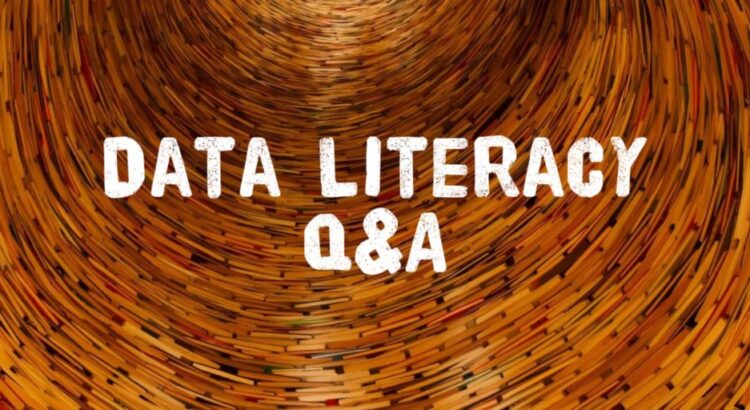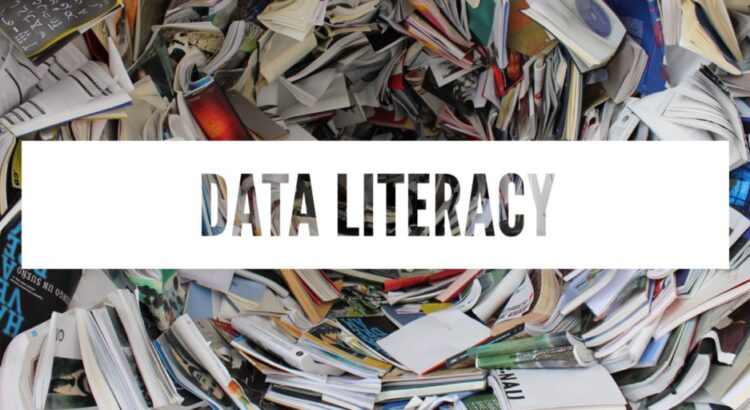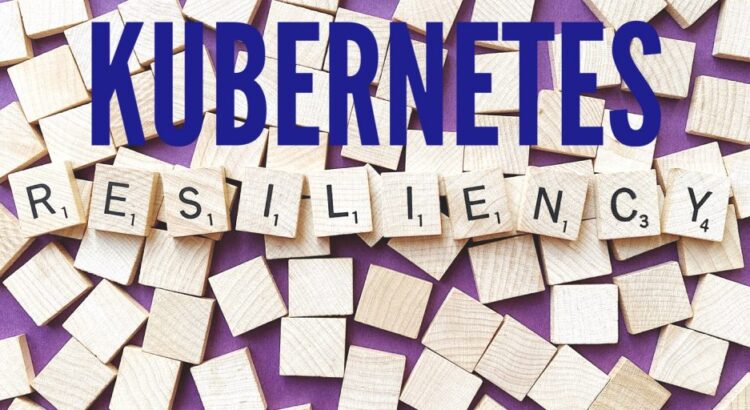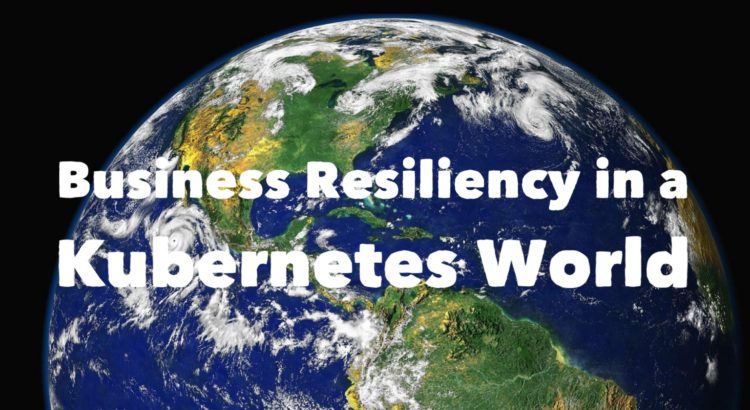Adoption of cognitive services based on video and image analytics is on the rise. It’s an intriguing topic that the SNIA Cloud Storage Technologies Initiative will dive into on December 2, 2020 at our live webcast, “How Video Analytics is Changing the Way We Store Video.” In this webcast, we will look at some of the benefits and factors driving this adoption, as well as explore compelling projects and required components for a successful video-based cognitive service. This includes some great work in the open source community to provide methods and frameworks, some standards that are being worked on to unify the ecosystem and allow interoperability with models and architectures. Finally, we’ll cover the data required to train such models, the data source and how it needs to be treated.
As you might guess, there are challenges in how we do all of this. Read More





